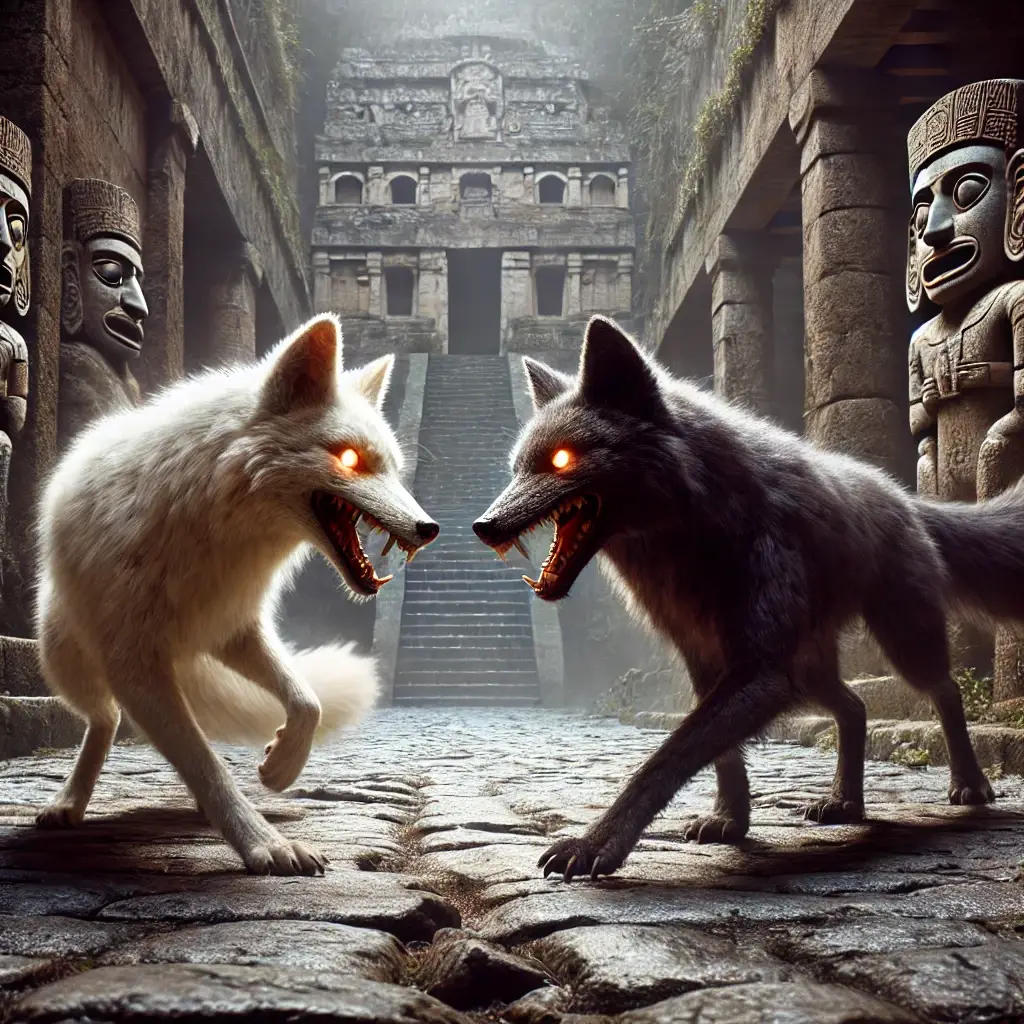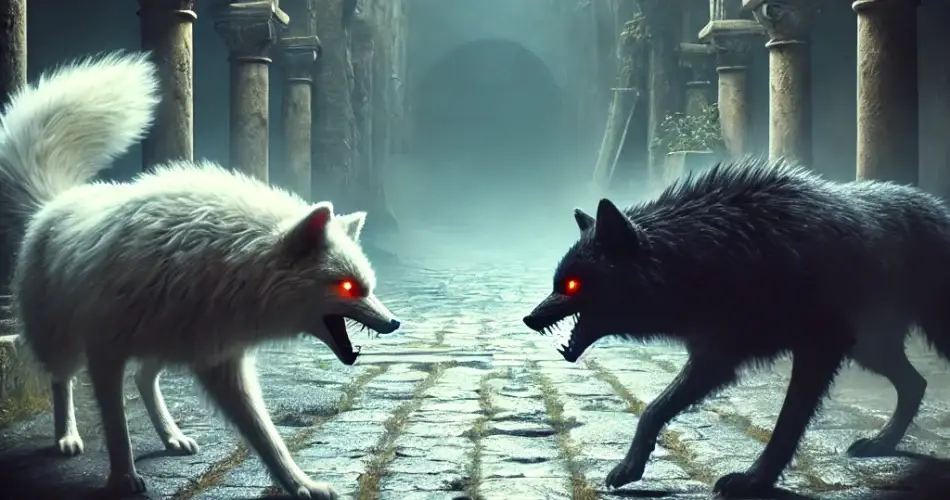For centuries, civilizations across Central America have used amazing stories and myths to pass information and wisdom from one generation to another. Although several of these tales exist, few are as haunting or interesting as that of the El Cadejo.
Although the story of El Cadejo has existed for thousands of years, its details remain relatively the same. In this post, we’ll examine this ancient legend and its role in Central American culture.
How was the El Cadejo formed?
The legend of El Cadejo is believed to have originated in pre-Columbian times, long before the arrival of the Spanish conquistadors. According to the local stories, the El Cadejo was created as a form of divine punishment. A man (or sometimes a pair of brothers) who committed heinous crimes was cursed by the gods to spend the rest of his life as the El Cadejo
In this version, the white Cadejo is sometimes portrayed as the manifestation of the man’s better nature or conscience, while the black Cadejo represents his evil side.
The name “Cadejo” is thought to be derived from the Spanish word “cadena,” meaning “chain,”. This name fits the black El Cadejo, which always drags a chain behind it. The chilling sound of this chain is said to forewarn those who hear it of the creature’s approach.
Read Also:
Top 10 Most Evil Women In History
7 Terrifying Cryptids from Ohio
Legend of Hachishakusama: 8-foot Japanese kidnapper.
What do the two different Cadejos Represent?

One of the most fascinating aspects of the El Cadejo legend is its dual nature. The two versions of this creature have entirely different identities and interpretations.
The White Cadejo
The white Cadejo is generally seen as a benevolent spirit that protects travellers who roam the streets at night. It is said to watch over those walking alone after dark, especially those vulnerable, such as alcoholics or strangers.
It also has the ability to sense black Cadejos and protect people from them. Its presence is a sign of safety, and those who encounter it have reported feeling a deep sense of calm and reassurance.
According to the stories, the white Cadejo is slim and agile and can run very fast. This super speed allows it to quickly assist people who need help and guidance.
The Black Cadejo
In stark contrast, the black Cadejo is a huge creature with exceptional strength. It preys on those who are weak or morally corrupt, often leading them to their demise. The black Cadejo is associated with death and despair, and its appearance is considered an omen of impending tragedy. Anyone who encounters this horrible creature can only be saved by the white Cadejo.
There are three types of Black Cadejos, each presenting a different level of danger.
The first Black Cadejo is described as the devil himself. It appears as a large wounded black dog with hoofed feet that are bound with a red hot chain. This Cadejo is the most powerful and cannot be stopped even by the white Cadejo. Luckily, It rarely attacks travellers, although anyone who encounters it will still be met with bad luck.
The second type of black Cadejo is described as an aggressive, mysterious black dog that likes to play with its victims before tearing them to pieces. However, it can be overpowered by the white Cadejo.
The third black, Cadejo, is the least powerful one. It is described as a hybrid between normal dogs and the second Black Cadejo. It is a mortal creature and can be killed. Once dead, this creature will rot in seconds and leave a bald spot where nothing will ever grow again.
Meaning of El Cadejo Across Central America
As the legend of El Cadejo spread across Central America, different cultures adapted the story to reflect their own beliefs and traditions. While the core elements remain consistent, the details can vary significantly from one region to another.
Guatemala
In Guatemala, El Cadejo is often depicted as a dog with glowing red eyes, capable of shape-shifting into a human form. Here, the legend is closely tied to the idea of morality, with the white Cadejo appearing to those who are virtuous and the black Cadejo to those who have strayed from the path of righteousness.
El Salvador
In El Salvador, the black Cadejo is particularly feared, and the legend is often told to warn children and adults alike about the dangers of staying out late or engaging in immoral behaviour.
The white Cadejo, on the other hand, is seen as a guardian spirit, protecting those who are true of heart.
Honduras and Nicaragua
In these countries, the story of El Cadejo is often linked to the indigenous belief in nature spirits. The Cadejos are considered guardians of the natural world, appearing to those who respect the environment and punishing those who harm it. This variation highlights the deep connection between folklore and the natural world in these regions.
Modern Interpretations of El Cadejo
The legend of El Cadejo has endured for centuries, in part because it resonates with so many aspects of the human experience. It embodies the fears and hopes of people living in a world where the line between the physical and spiritual is often blurred.
In modern times, the legend of El Cadejo has found new life in literature, art, and popular culture. Writers and artists from Central America have drawn on the legend to explore themes of identity, morality, and the supernatural.
Parents tell the story to their children to impart moral lessons, while others invoke the legend as a reminder of the dangers that lurk in the unknown. In this way, El Cadejo remains a living part of Central American culture, a symbol of the enduring power of folklore to shape our understanding of the world.
